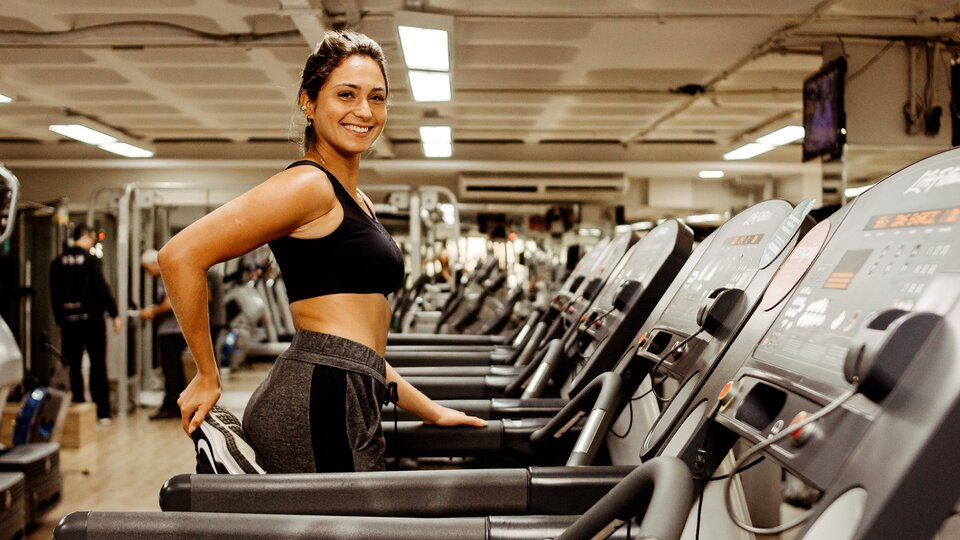Products You May Like
Warming up should be a ritual. The goals for a warm-up are to increase the body’s range of motion (ROM) and body temperature before an activity. It’s also crucial for preventing any possible injuries. Athletes who contribute time to properly warm-up show a 79% chance of improvement in their sport (1). This is what you should know to prepare yourself for a better performance.
Stretching
A stretch can fall into one of three categories: dynamic, ballistic, or static. Each has their own benefits for specific activities. The timing of each type can be crucial for your exercising too.
Dynamic stretching involves a joint traveling from one endpoint to another. This type of stretching is most common in gyms and sports teams. Dynamic stretching can improve a joint’s range of motion and connections. ROM further develops the body’s motor control, giving more function to a joint’s capabilities. Once one joint is understood, it’s easier to connect it to anything else around it. Motor control work was proven successful in reducing pelvic tilt and lower back pain during knee flexion stretches (2). This shows that the activity of one joint can lead to benefits in neighboring joints. Some examples include arm crosses or leg swings.
Ballistic stretching is like dynamic stretching, but involves a joint moving beyond the two endpoints. This can be risky for some athletes because injury can occur in an attempt to exceed a joint’s ROM early on. Conversely, if their sport is explosive, then this type of stretching can be very helpful. Ballistic stretching is an explosive type of stretching, using fast-twitching muscle fibers. Therefore, it can prepare the joints for faster actions. A warm-up with ballistic activity can improve one’s ROM and activity, such as in a vertical jump (3). In this case, jumping rope can be a great warm-up for jumpers and sprinters.
Static stretching holds a joint in a singular endpoint. This is not to be prioritized for warm-ups because it does not involve as much mobility as the others. On the other hand, passive stretching works great as a cool-down after activity. The stillness in these stretches slows down the body after intense sessions of exercise. They will shift the body from a catabolic state to a metabolic state. In other words, the body will be ready to take in calories rather than burn them. It’s a good transition back into ordinary life or towards a good night’s rest.
The Structure
The warm-up should elevate someone’s heart rate without placing them in a fatigued state. A full body warm-up properly prepares the joints, muscles, and mind. This session can be anywhere from 5-15 minutes without any signs of fatigue. After checking in with the full body, then weaknesses can be addressed. Everybody has weak spots in their bodies. Dynamic and static movements can be beneficial for a weak spot. However, ballistic movements may promote pain. Most importantly, the weak spot should be warmed up for safety precautions. Furthering the pain in a weak spot can cause setbacks for your practice.
Controlled articular rotations (CARs) is an amazing way to warm up the full body. It works the full range of motion in a joint through rotations. While they are dynamic movements, they should not be sped through. It is best to take your time and feel out the entire rotation. It can identify tight spots and pains that have gone unnoticed. CARs can be beneficial for the neck, shoulders, hips, wrists, and ankles.
It’s important to consider what you are warming up for. Many athletes tend to fail because they lack the proper preparation for their respective activities (1). Some activities have crossover movements with cardio. If the activity calls for a specific cardio movement, then include it in your warm-up. Anything from walking, jogging, cycling, or jumping rope can be implemented into your own warm-up routine.
In Summary
Stretching is strength-training for the joints. It’s the most common way to warm-up the muscles for good reason. Whether it’s for a sports team or a lifter’s pre-workout ritual, it gets the body going. How will you structure your warm-up ritual for your next bout of activity?
Works Cited
